PDF-GUIDELINES FOR WRITING A THESIS OR DISSERTATION
Author : pagi | Published Date : 2021-10-04
Guidelines for Writing a Thesis or Dissertation Outline for Empirical Master146s Theses How to Make a Thesis Less Painful and More Satisfying by Mickie 2 Guidelines
Presentation Embed Code
Download Presentation
Download Presentation The PPT/PDF document "GUIDELINES FOR WRITING A THESIS OR DISSE..." is the property of its rightful owner. Permission is granted to download and print the materials on this website for personal, non-commercial use only, and to display it on your personal computer provided you do not modify the materials and that you retain all copyright notices contained in the materials. By downloading content from our website, you accept the terms of this agreement.
GUIDELINES FOR WRITING A THESIS OR DISSERTATION: Transcript
Download Rules Of Document
"GUIDELINES FOR WRITING A THESIS OR DISSERTATION"The content belongs to its owner. You may download and print it for personal use, without modification, and keep all copyright notices. By downloading, you agree to these terms.
Related Documents

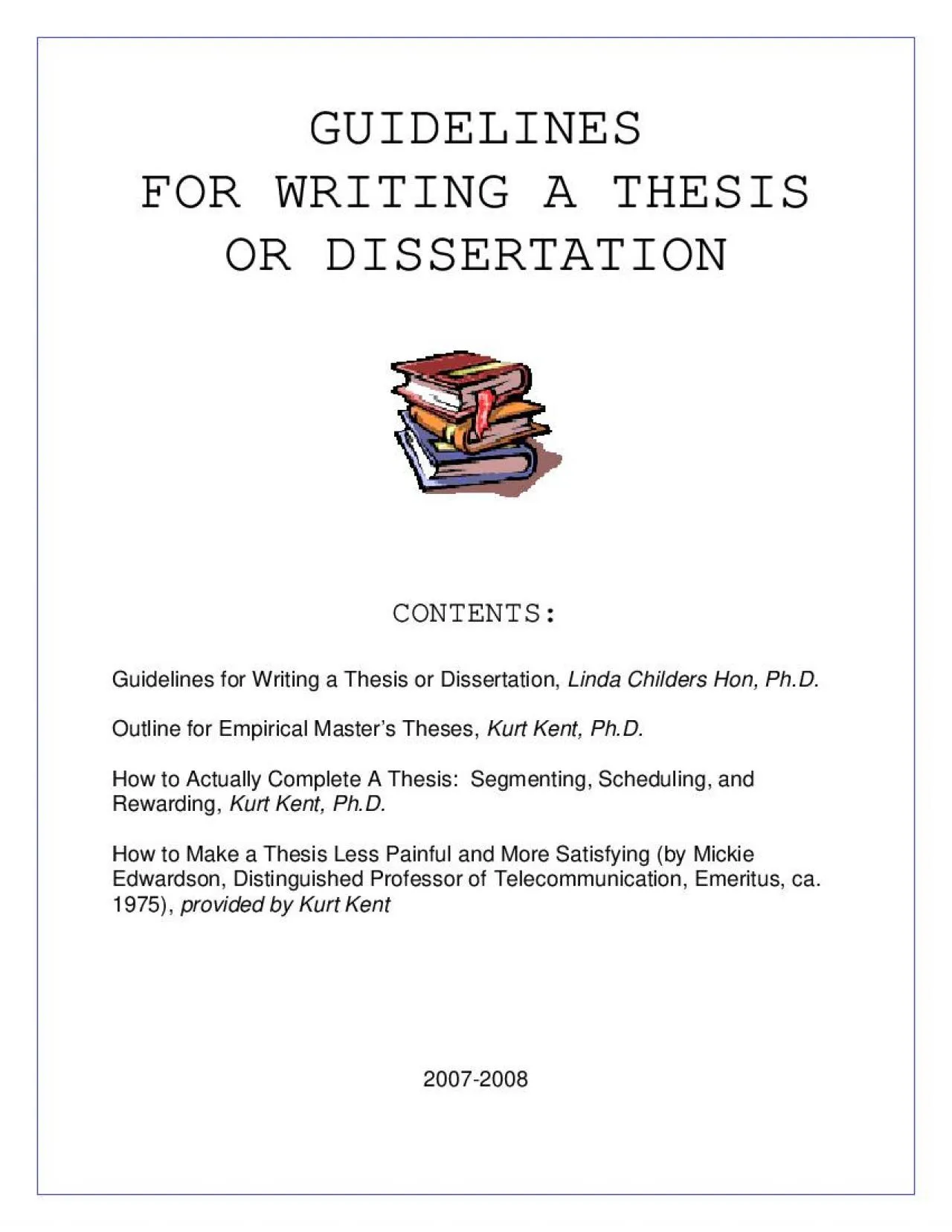
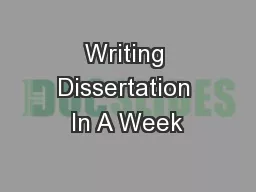
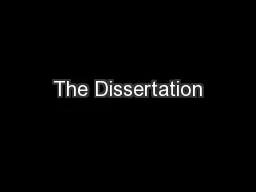
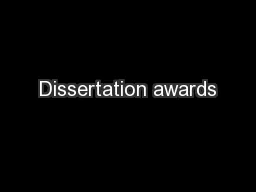
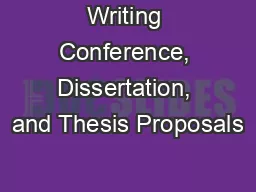
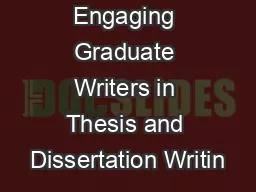
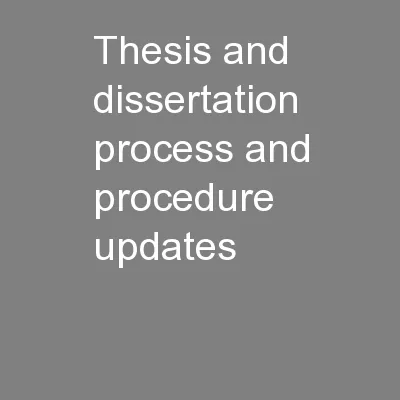
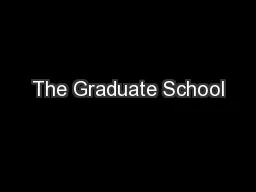
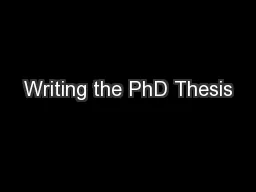
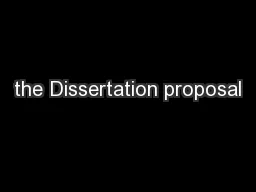
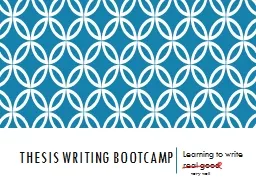
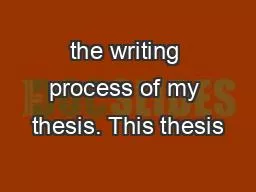
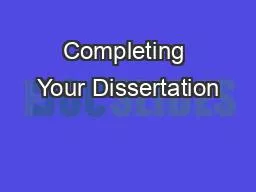
![[DOWNLOAD] - Writing Your Dissertation in Fifteen Minutes a Day: A Guide to Starting,](https://thumbs.docslides.com/901928/download-writing-your-dissertation-in-fifteen-minutes-a-day-a-guide-to-starting-revising-and-finishing-your-doctoral-thesis.jpg)